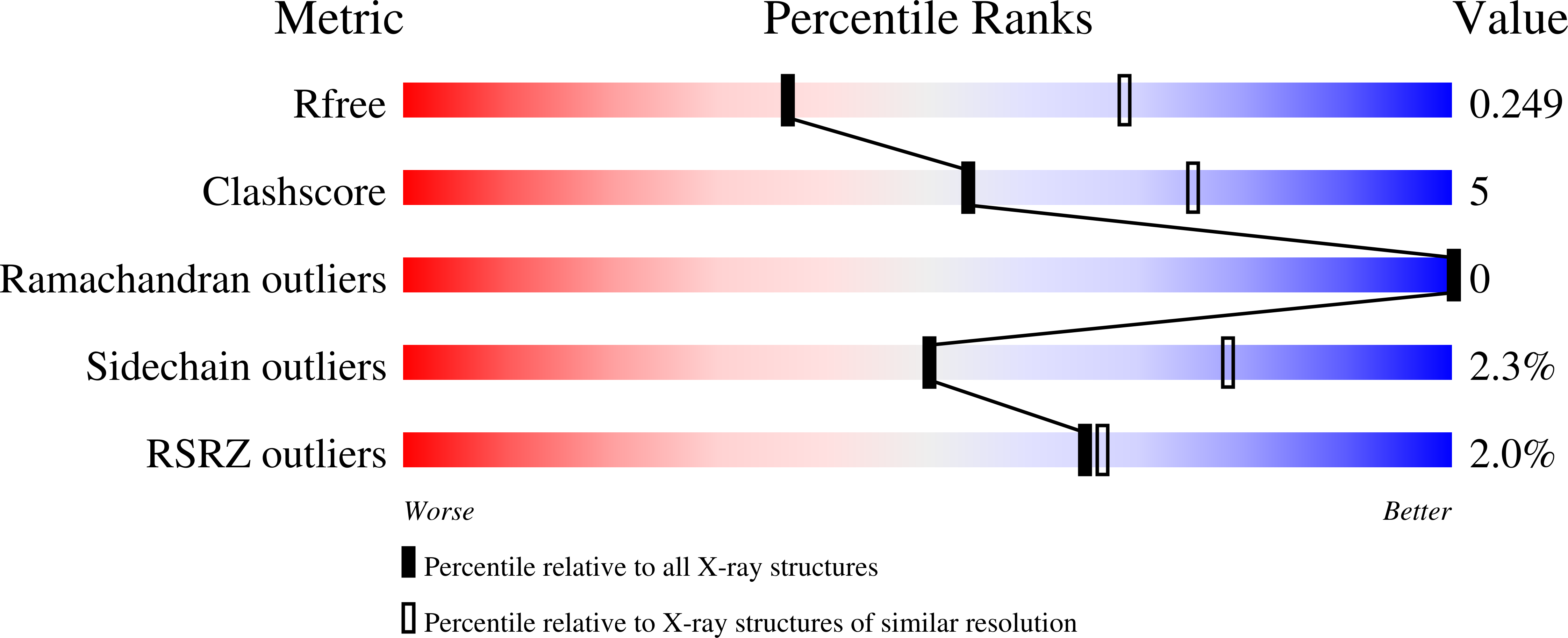
Deposition Date
2020-11-11
Release Date
2021-03-10
Last Version Date
2024-10-30
Method Details:
Experimental Method:
Resolution:
2.71 Å
R-Value Free:
0.24
R-Value Work:
0.19
R-Value Observed:
0.20
Space Group:
P 21 21 21


